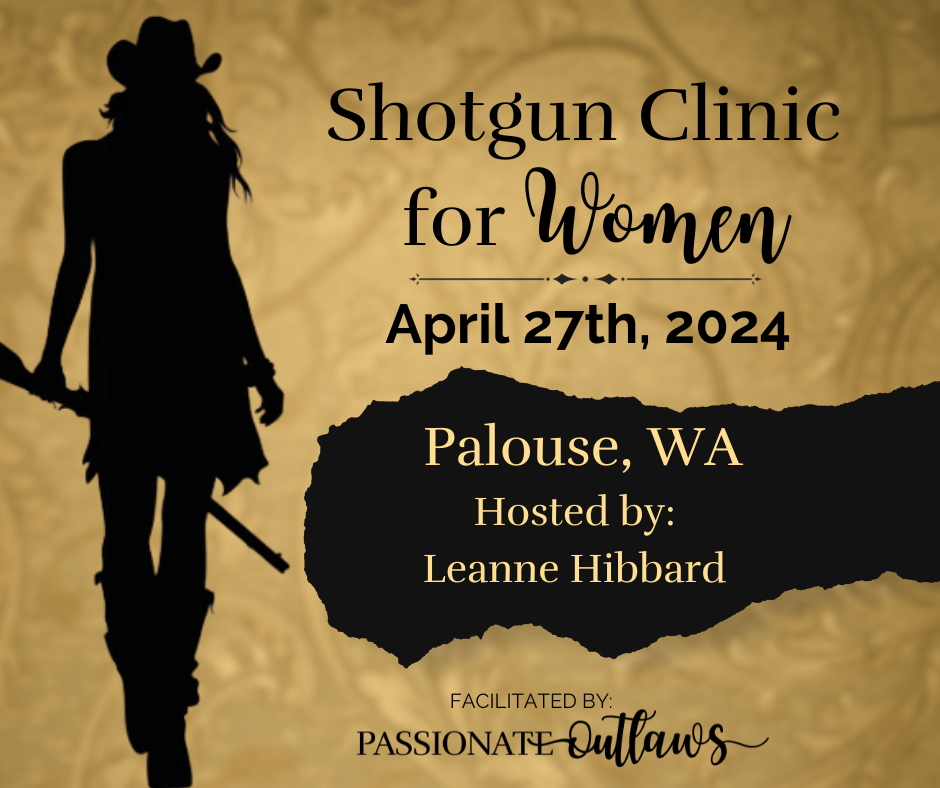- (406) 209-8922
- info@xcelshooting.com
- 477 Eid Lane, Kalispell MT 59901
$7,425.00 – $7,630.00
4 in stock
The Syren Julia Sporting is not only beautiful with a gorgeous receiver and stock but effective. She is a competition gun all the way. Heads will turn on the range not just because of her beauty but her performance. She swings through nicely, and you can select either barrel as you plan out your strategy, her lack of recoil is phenomenal!
What gives her the edge is that she was created to fit a woman’s physique. She wasn’t a gun made for a man chopped down in length, or a youth gun tweaked a bit that was given a touch of pink or a girls name but a shotgun really made for a woman that likes something pretty and classy. That’s Julia.
For additional specifications about this shotgun please visit the Syren website https://syrenusa.com/syren-julia-sporting/
You must be logged in to post a review.

$225.00 Original price was: $225.00.$75.00Current price is: $75.00.
Women’s Shotgun Clinic- Saturday, April 27 2024 (9:30 a.m.-late afternoon)
This clinic is being hosted by Leann Hibbard.
Location: Palouse, WA (range to be announced)
We will cover all things to set you up for enjoying shotgun sports. This includes but is not limited to: proper gun fit for women, ammo, choke tubes, patterning your gun, stance, hold points, focal points, etc.
PLEASE BRING THE FOLLOWING:
-Shotgun: (If you do not have one…women specific shotguns will be available to utilize in both right and left hand)
-Eyewear: Ballistic Proof Shooting Glasses (safety glasses don’t work) If you don’t have any please do not purchase any. We will be covering the importance of shooting glasses/colors/styles and will have glasses available for you to borrow for the clinic and purchase if you would like.
-Ear Protection: If you do not have any, we will have some for you for the use of this clinic.
-Ammo: Please bring 2 boxes of ammo. 7/8 or 1 oz-2 3/4 dram is recommended. No reloads are allowed if you will be borrowing one of our shotguns.
-Pouch or Vest: Don’t have one of these. Please do not buy one. We will bring pouches and vest that can be borrowed. We will talk about the importance of this gear and what is best for you. (We do have these items available for purchase as well).
All registrants will be required to complete the following form: Customer Intake Form
Reviews
There are no reviews yet.